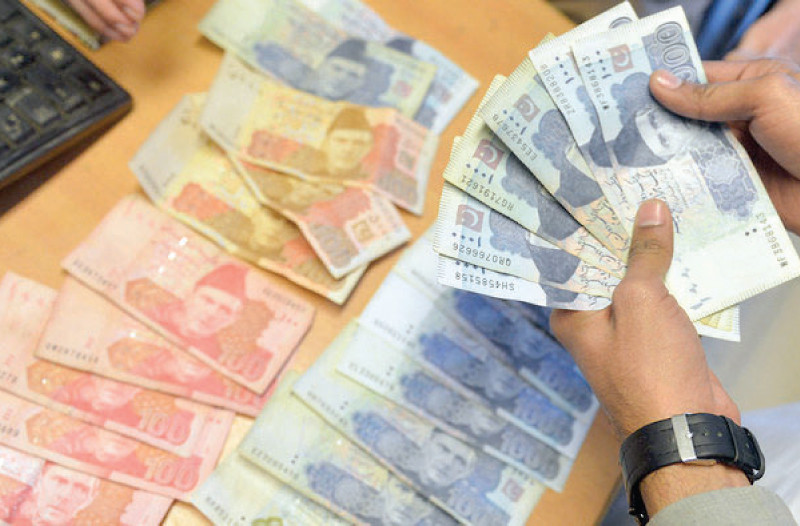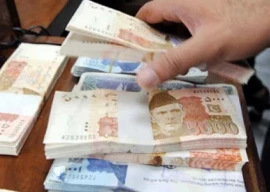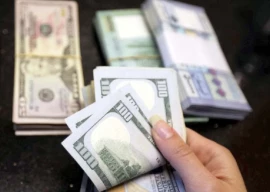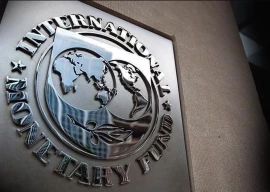
Pakistan experienced a surge in its current account surplus, reaching a six-month high at $397 million in December 2023. While this has improved the country’s capacity for international payments, it comes at the expense of economic activities.
The increase in the current account surplus is attributed to a rise in workers’ remittances and a reduction in imports. This indicates that the supply of foreign currency has improved in the domestic economy, supporting the gradual upward rally of the rupee.
The State Bank of Pakistan (SBP), in its latest monthly update released on Wednesday, revised down the balance of the current account to a deficit of $15 million for November, compared to the earlier provisional surplus of $9 million reported for the month.
With this, cumulatively for the first half (Jul-Dec) of the fiscal year 2023-24, the current account deficit reduced to $831 million, a significant improvement compared to the $3.63 billion recorded in the same period of the previous fiscal year, marking a 77% YoY improvement.
Speaking to The Express Tribune, Head of Research at KASB Securities, Yousuf Rahman pointed out that the current account surplus was achieved through a reduction in the import of goods to $4.09 billion in December 2023, down from $4.44 billion in November 2023. Additionally, workers’ remittances surged to $2.38 billion in December, compared to $2.26 billion in the previous month.
While the cut in imports has contributed to an improvement in the balance of international payments, it has also slowed down economic activities, particularly in industries heavily reliant on imported raw materials.
Despite achieving a moderate GDP growth of 2.1% in the first quarter of FY24, the impact of reduced imports on industrial output is notable. The improvement in the country’s foreign exchange reserves to over $9 billion, providing a two-month import cover, can be partially attributed to inflows from multilateral and bilateral creditors, including the second tranche of $705.6 million received from the International Monetary Fund (IMF).
Read Current account sees November surplus
Rahman anticipates that the current account balance will be maintained at the breakeven level on a monthly basis until the next political government takes charge after the planned general elections on February 8. The caretaker government is expected to adhere to IMF conditions on monetary and fiscal guidelines. The balance of the current account for FY24 is projected to remain less than 1% of GDP, ranging from $2.5-3 billion.
The gradual reduction in crude oil prices, falling below $70 per barrel, is expected to support a further cut in imports and improvement in the current account deficit. However, industrial activities may remain moderate due to low demand for non-essential and luxury goods, with industries hesitant to expand in the current economic climate with record-high interest rates.
Rahman highlighted that the government should focus on improving the fiscal position by increasing revenue collection through taxes, as high-interest payments against the mounting debt leave little financing for supporting economic activities. Additionally, he suggests that the government should consider acquiring the next loan programme from the IMF ahead of the completion of the current programme in March 2024 to ensure timely foreign debt repayments and provide time for economic reforms.
Foreign Direct Investment spikes
Foreign direct investment (FDI) in various sectors of the Pakistani economy, including power, oil and gas exploration, financial, and petroleum refinery sectors, witnessed a 6.4-fold increase, reaching $211 million in December 2023 compared to $33 million in the same month of the previous year. This investment also marked a 61% increase from November 2023.
Overall, FDI increased by 35% in the first half of FY24, totalling $863 million compared to $640 million recorded in the same period of FY23. The top five FDI investors in Pakistan during the first half of FY24 were China, Hong Kong, the United Kingdom, the Netherlands, and the United States respectively.
Published in The Express Tribune, January 18th, 2024.
Like Business on Facebook, follow @TribuneBiz on Twitter to stay informed and join in the conversation.







1725436900-0/Untitled-design-(39)1725436900-0-270x192.webp)










1725352489-0/Untitled-design-(35)1725352489-0-270x192.webp)








COMMENTS
Comments are moderated and generally will be posted if they are on-topic and not abusive.
For more information, please see our Comments FAQ